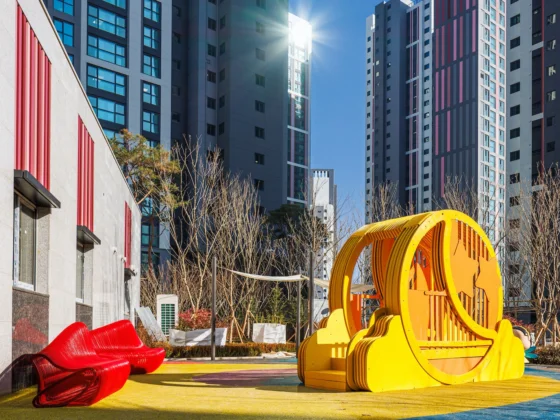Martin M. Uhlarik, the Vice President and Head of Design at Tata Motors, the Mumbai-based multinational automotive manufacturing company, discusses with Pavlos automotive design, sustainability in industrial design and manufacturing, Green Good Design successes, and leading the design team of a market-dominant automotive company.

Martin is a Canadian with thirty years of international experience, an automotive designer who has been part of the design of phenomenal cars in his career such as Skoda Fabia and Nissan Qashqai, a director of three international Tata Motors offices, a father of two children, and a visionary on issues of sustainability and technology.
Martin directs a global design team of 200 people in three locations; India, the UK, and Italy. He is responsible for the design of all products across three business units for passenger, electric and commercial vehicles. This remit also includes all design responsibilities including branding, corporate design, and communication such as motor show and dealership design.

He graduated in Industrial Design at the Ontario College of Design in Toronto in 1993 and transportation design from Art Center College of Design in 1994. He joined Tata Motors in 2016, first as Head of the UK design. Under his leadership, he led the teams designing the 2018 45X premium hatch concept previewing the Tata Altroz and the Tata eVision which set out the ambition for electrification, the brand’s move upmarket and design DNA.
In 2019, The Tata H2X concept previewed the Tata Punch which has created a new sub compact SUV space in the Indian market. In 2020 the studio created the Tata Sierra Concept a revival of an iconic name plate. In 2022, they unveiled the Tata Curvv, the first SUV EV Coupe and the Avinya Concept that represents Gen 3 full electrification and the future DNA of Tata mobility. The year 2023 saw the unveiling of the production of Tata Sierra which will go on sale in 2025.
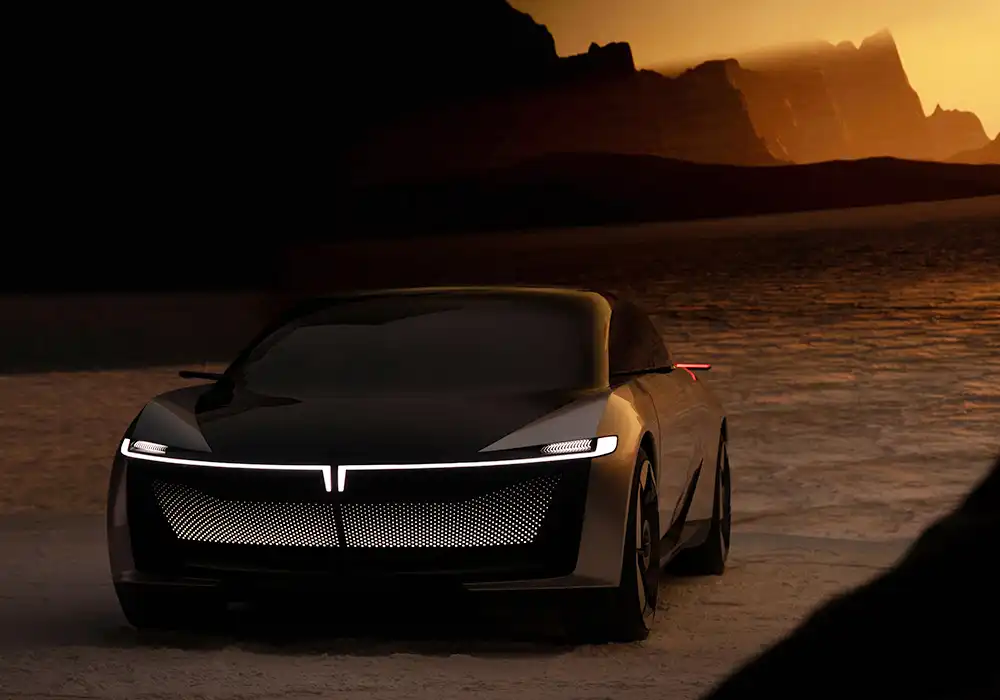
Martin started his career by joining Skoda Auto in the Czech Republic where he contributed to the design’s of the first generation of products such as the iconic Skoda Fabia and the classic Skoda Octavia. In 2001, he joined Nissan Design at their studio in Munich and later in London. There he worked on a variety of programs both advanced concepts and for production. He is married with 2 children and lives in London.
Sustainability practice has to deliver results. It is very important that we are not green washing with only symbolic totems claiming sustainability
GDN: Getting to know the Head of Design at Tata Motors, possibly the most important automobile manufacturer in the world, Martin Uhlarik, when did you first think about becoming a car designer? How does this journey begin?
Martin: I first thought of becoming a car designer when I was in my final year of high school and visited the degree show at the Ontario College of Art & Design in my native Toronto. I was always creative and walking through the college looking at the work was very inspiring. But when I discovered Industrial Design and the opportunity that led to Automotive Design. I knew immediately that was my destiny.
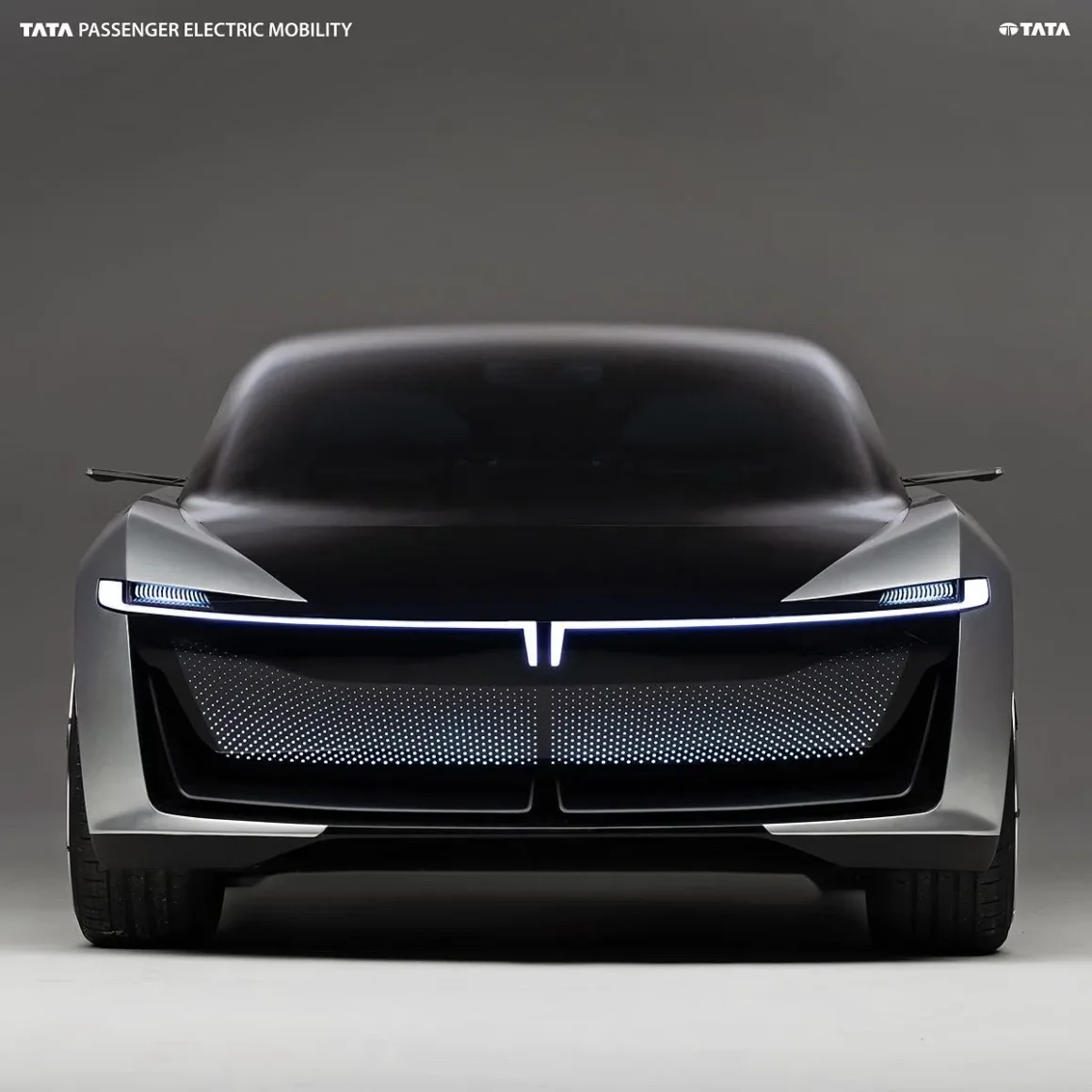
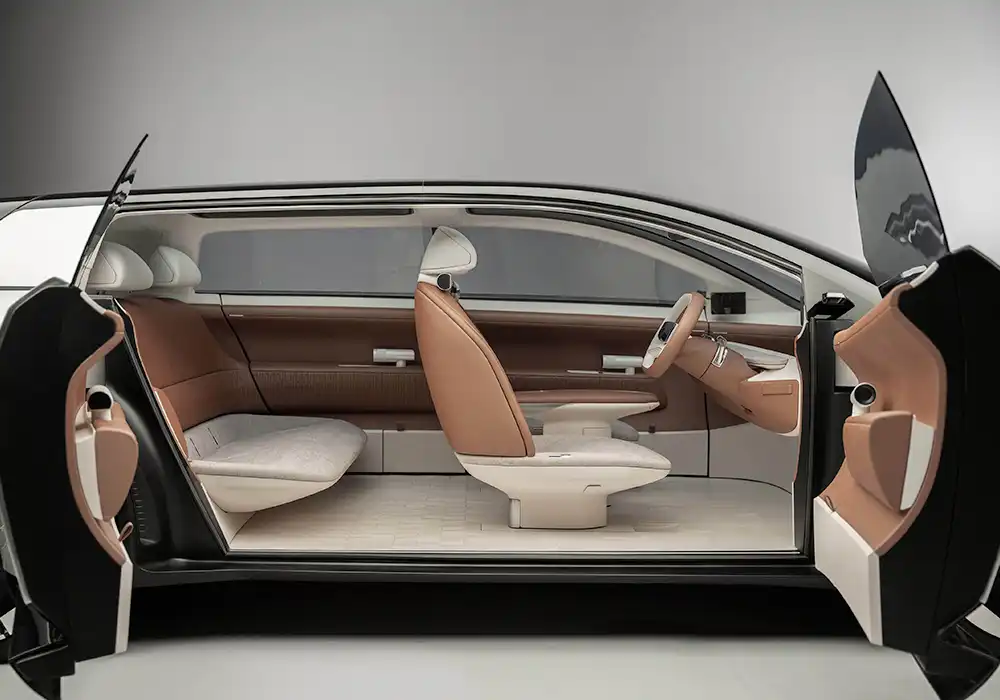

GDN: Skoda Auto in Czech Republic has been your first position as a car designer, if I am not mistaken, and you were part of the first Skoda car generation like the 1999 Skoda Fabia and the 2001 Skoda Superb?
Martin: My first job as a designer was with Skoda Auto in the Czech Republic. That was in 1994. The company had recently been acquired by Volkswagen who had ambitious plans and it was a perfect place for a young designer to develop their skills. I stayed 7 years and worked on the first generation of cars with very fond memories.
Understand the objective and the customer. Then give your team maximum freedom
GDN: As your career in the car industry expanded, what has kept you motivated and inspired? How can a lead car designer keep on creating new designs and innovating?
Martin: A designer must always maintain a combination of curiosity, humility, and confidence. One needs to enjoy absorbing new ideas and influences. That keep a designer relevant. At the same time, you must be open to learn new things. New process’ and keep an open mind. But throughout that most successful designers also have an innate confidence that they will find the answer to the questions that are being asked.“`
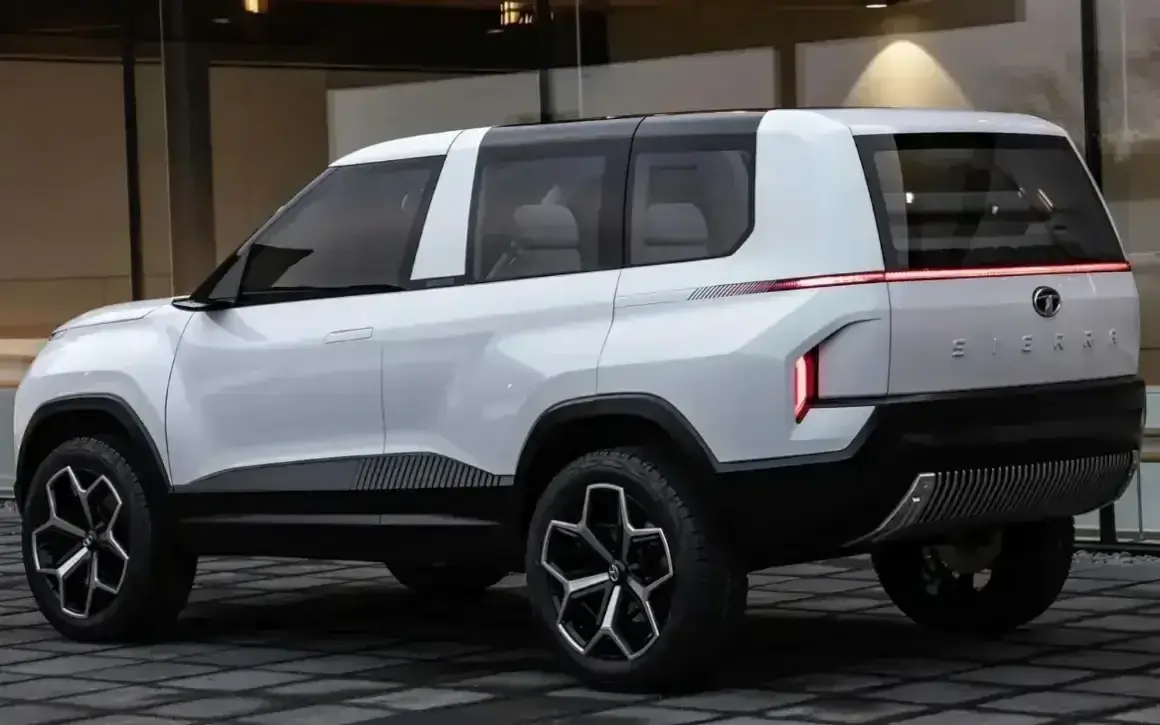
Tata Sierra, an EV SUV, will be offered with a ‘lounge’ interior; again, a unique interior and a design that follows my design principles
GDN: “Since the inception, under the guidance of Tata Group philosophy, sustainability and responsible business has always been of utmost importance to us” is a statement by Mr. Satish Borwankar, COO & Executive Director at Tata Motors. Does, in your opinion, winning a 2023 Green Good Design Award for Tata Avinya Concept, verify this discourse?
Martin: Being responsible is a core tenant to the Tata Group and to Tata Motors. When I gave the objective of designing the Avinya to our design team, I simply gave them the company mission statement. Sustainability is a key responsibility of our company and is a very clear north star for our designers to navigate with.
GDN: Sustainability discourses are gaining more ground day by day. How does this reflect in the automobile industry and design practice?
Martin: Sustainability practice has to deliver results. I am a practical person so clear measurements must be clear. It is very important that we are not green washing with only symbolic totems claiming sustainability. In our company’s plans for sustainability, we are reviewing the entire manufacturing process and eco system right to the product itself. This is a massive undertaking with revolutionary consequences. But the effort will not only be worth it but necessary as in the near future, our customers will not accept a brand that does not subscribe to complete sustainability.

GDN: What are customers of cars looking for when it comes to sustainability?
Martin: Pure responsibility on every level.
It is a good lesson for my children that your professional life can be enjoyable
GDN: Martin, could you describe to our readers your design process and what do you consider a green design? A good green design?
Martin: To be honest my design process hasn’t really changed throughout my career. Understand the objective and the customer. Then give your team maximum freedom. I believe in simple, timeless solutions. Less is more and that is usually a good way to start. Reducing complexity in every aspect; aesthetically will create the most elegant solution. Sustainability is all about the process and the eco system how the product is made and lives.
So in our case interior first, resulting in the exterior. Form following function
GDN: Is the exterior or interior of a car more paramount for expressing the character and details of an automobile design?
Martin: Traditionally the exterior of a car was the first thing designers looked at and it was the same with customers. But slowly a shift towards interior design accelerated. Today I would say they equal. When we designed the Avinya, we created the interior package first. We gave ourselves the objective of creating an interior with the roominess of a vehicle 2 classes larger by lengthening the wheelbase, reducing overhangs, and moving the wheels as outboard as possible. That created the silhouette with a very long cabin. The Avinya is deceptively long in appearance creating quite a sporty look but in fact is a 4.3m vehicle. It’s a created by horizontal lines that extend the visual length. So in our case interior first, resulting in the exterior. Form following function.
A designer must always maintain a combination of curiosity, humility, and confidence
GDN: Could you reveal to our readers exciting projects that you have produced in Tata Motors and/or upcoming new projects that keep you busy?
Martin: The Avinya is a program that we are currently working on with production intended in a few years. Our three design studios; in India, the UK and in Italy are working on several programs. One I would highlight is the Tata Sierra, an EV SUV which we previewed at the Delhi Auto Expo in January 2023. It is a great nameplate in the company’s history, and I am very proud of this design. It will be offered with a ‘lounge’ interior; again, a unique interior and It is a design that follows my design principles. We are also working on many skunkworks advanced design projects. I’m sure some of them will develop into tangible programs.
GDN: Reading in your biography that you are a proud father of two children. How do you manage the equilibrium between family and career at this high level?
Martin: Obviously I’ve tried over the course of my career to find a good work/life balance. I make an effort to not only find time with my children (who are now twenty-two and fifteen) but make sure that it is quality time. They also know that my career is a passion and that I take it seriously. I think that is also a good lesson that your professional life can be a enjoyable and positive aspect of life.
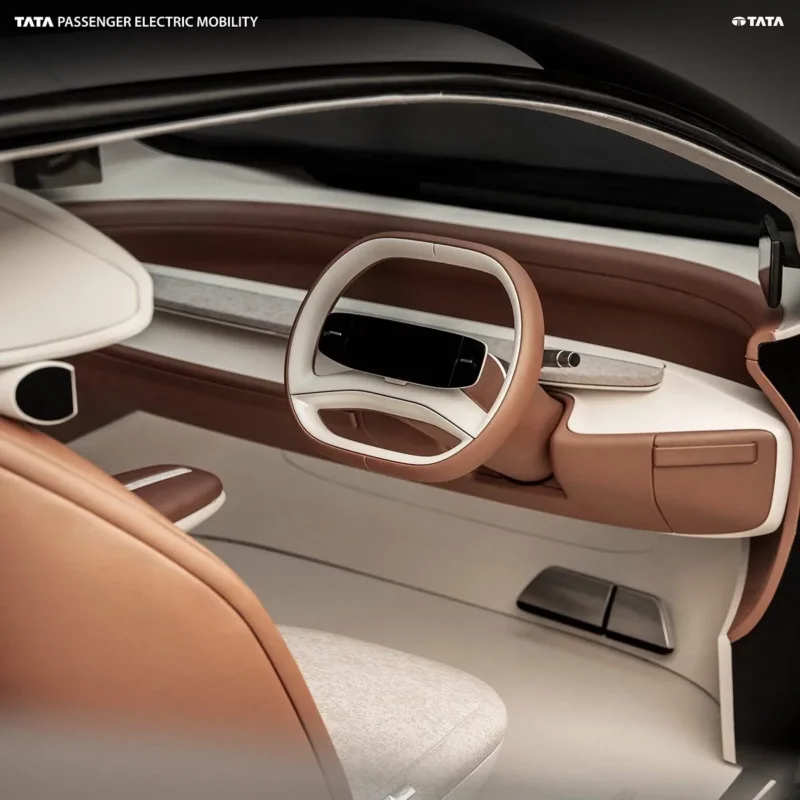
@Photos and Videos are courtesy of Tata Motors Ltd.


